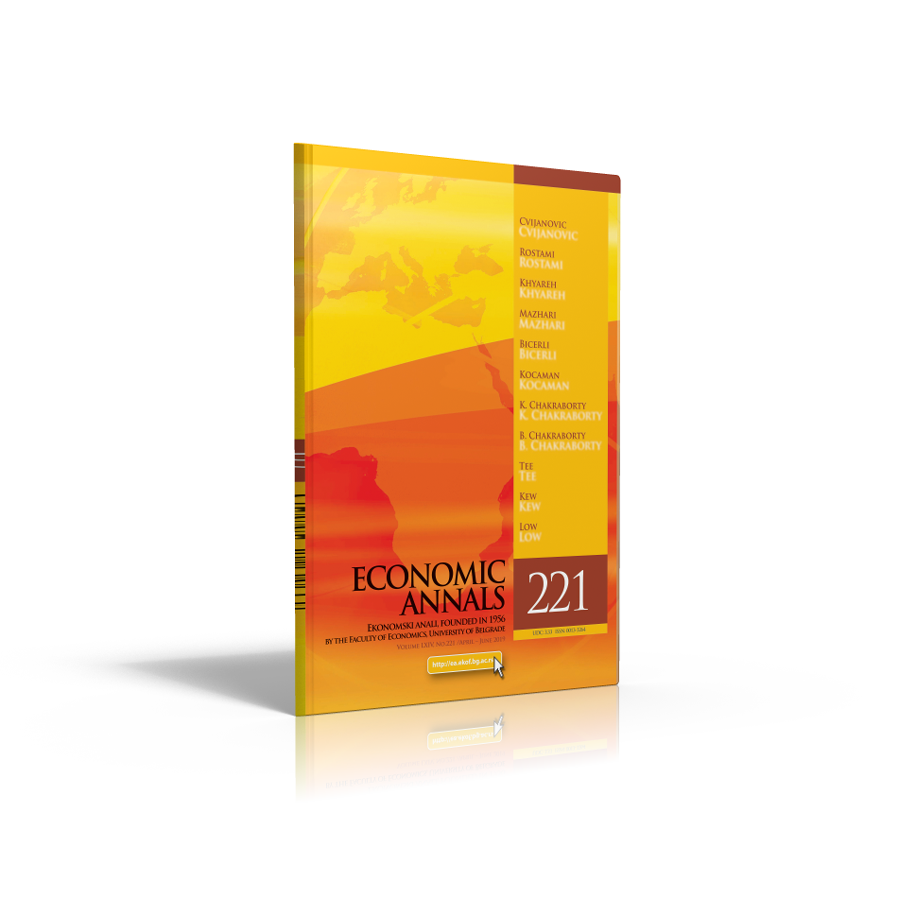WILL AN INCREASE IN LANDHOLDING SIZE REDUCE CHILD LABOUR IN THE PRESENCE OF UNEMPLOYMENT? A THEORETICAL ANALYSIS
##plugins.themes.bootstrap3.article.main##
##plugins.themes.bootstrap3.article.sidebar##
Kamalika Chakraborty
Bidisha Chakraborty
Bidisha Chakraborty
Abstract
This paper builds an over-lapping generations household economy model in a rural set up and examines the relationship between landholding and child labour in the presence of unemployment in the manufacturing sector. We find that ir-respective of whether the parents work as agricultural labourers or work on their own land, an increase in landholding size leads to a decline in the child worker’s schooling in the short run and a decline in the growth rate of human capital formation in the long run, but may lead to an increase in steady state human capital in the long run.
##plugins.themes.bootstrap3.article.details##
Keywords
child labour, human capi-tal, land holding, schooling, unemployment
JEL Classification
E24, J22, J24, O15, Q15
Issue
Section
Articles
How to Cite
Chakraborty, K., & Chakraborty, B. (2019). WILL AN INCREASE IN LANDHOLDING SIZE REDUCE CHILD LABOUR IN THE PRESENCE OF UNEMPLOYMENT? A THEORETICAL ANALYSIS. Economic Annals, 64(221), 85-106. https://doi.org/10.2298/EKA1921085C
How to Cite
Chakraborty, K., & Chakraborty, B. (2019). WILL AN INCREASE IN LANDHOLDING SIZE REDUCE CHILD LABOUR IN THE PRESENCE OF UNEMPLOYMENT? A THEORETICAL ANALYSIS. Economic Annals, 64(221), 85-106. https://doi.org/10.2298/EKA1921085C

